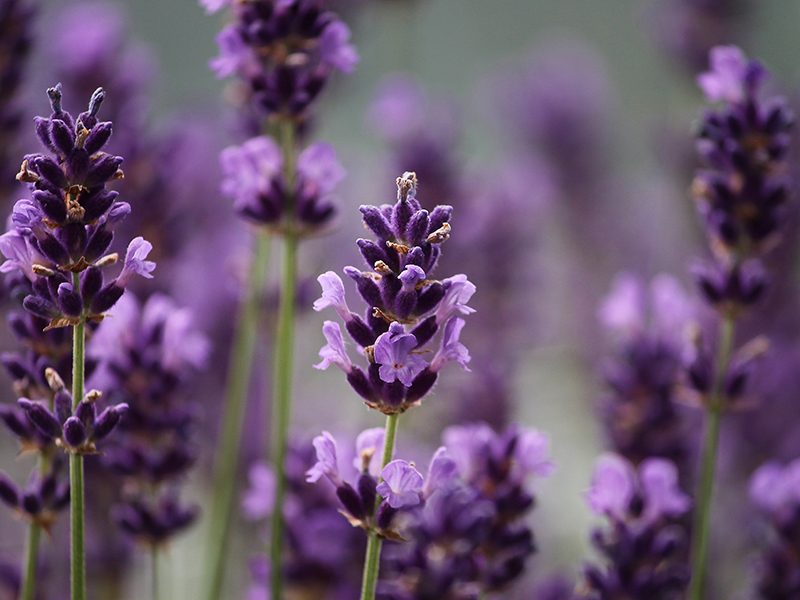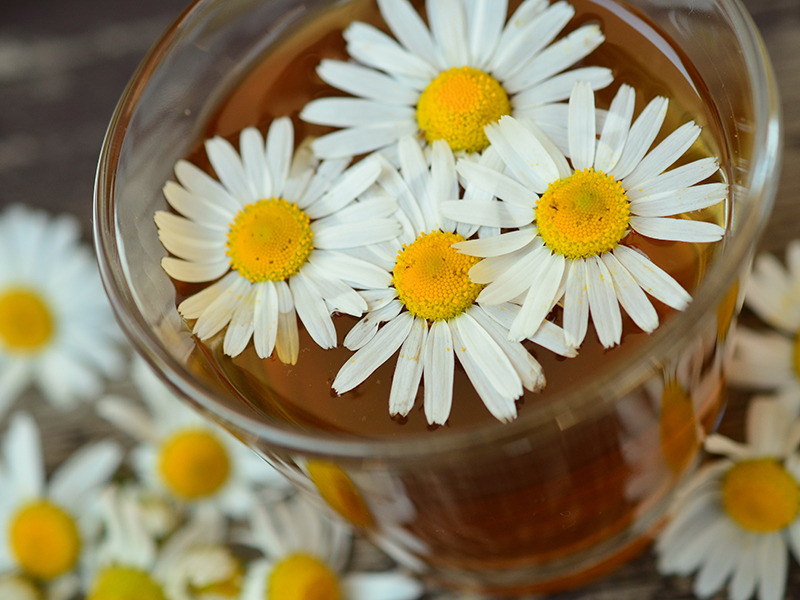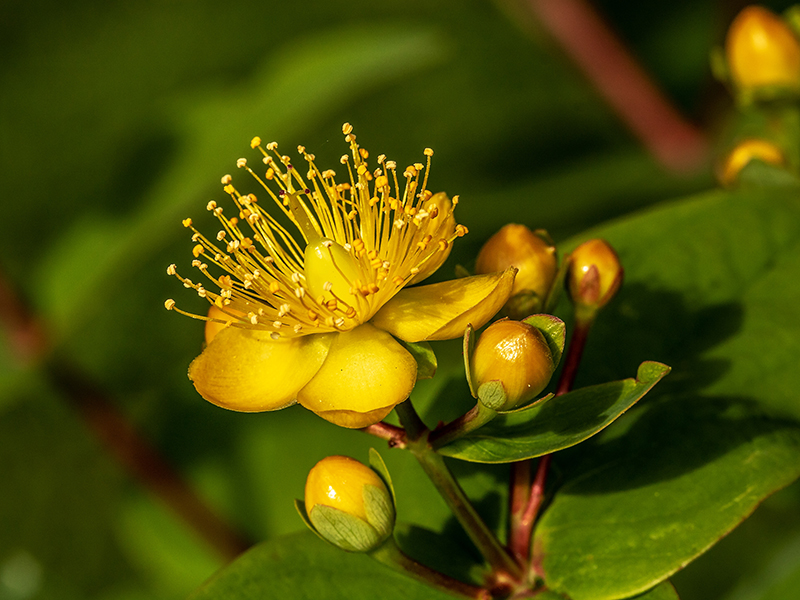Growing your own herbs can be a great alternative to cellophane packets and plastic pots

If you’re looking to bring some extra flavours into your kitchen but remain plastic-free, starting your own little herb garden can be a guilt-free option. Here are some great herbs to help you get going on some plastic-free cooking:
Lavender

Bright purple and bluish tones are a great way of sprucing up your garden and giving it a ‘cottage garden’ feel. But that’s not all it’s good for. Lavender is recognised for its uses within aromatherapy for its healing properties.
Often used to combat headaches, aches and pains, insect bites and sleep-related conditions, lavender is a hardy plant that smells divine.
Top tip: lavender looks great when it’s planted in raised beds around the garden, it’s also a savvy way of concealing fences as it grows quite high.
Peppermint

Peppermint is a kitchen garden favourite that is very easy to grow. Known for assisting digestion and freshening breath, it’s more than just a space filler.
Best grown in pots so you can control the rate at which it spreads, peppermint is rich in Vitamin B, potassium and calcium.
Top tip: Peppermint can be a clever way of deterring pests such as ants and mice. Why not dry your peppermint leaves out and put them in the back of kitchen cupboards?
Chamomile

If you’re looking for something a bit different to grow in your kitchen garden, chamomile is a pretty alternative to your standard herbs. Known for its fragrant scent and pretty flowers, chamomile is famous for its tea and calming qualities.
Chamomile is a hardy plant and should be sown at the end of springtime. Alternatively, you can buy pre-potted chamomile plants at your local garden centre.
Top tip: Making your own chamomile tea can be so easy. If you have a teapot infuser or if you read instructions on how to make your own, those pretty little flowers can aid in the reduction of menstrual pain and acne breakouts.
Coriander

Coriander, or recognised by its American alias cilantro, is a fantastic herb that is useful in a whole variety of continental dishes. It is also considered to be an antioxidant.
Top tip: If you’re looking to use coriander in an easy and authentic way, take a look at our satay curry recipe.
St. John’s Wort

Although this may not be the prettiest sounding herb, the quote “A rose by any other name would smell as sweet” springs to mind. St.John’s Wort is known for its properties closely tied with the treatment of conditions such as depression and anxiety.
Top Tip: The lurid yellow of St. John’s Wort would be a great contrast with the purple lavender in raised beds.




